In the perpetual darkness of the deep ocean, where hydrothermal vents spew superheated, mineral-rich fluids into the freezing abyss, an unlikely miner thrives—the yeti crab. Cloaked in a dense fur of bristles that gleam white under submersible lights, these enigmatic crustaceans have evolved a unique survival strategy in one of Earth’s most extreme environments. Unlike their shallow-water relatives, yeti crabs are farmers, chemists, and architects, their existence intertwined with the volatile chemistry of hydrothermal vents. Scientists have only begun unraveling the secrets of these "white miners," whose lives challenge our understanding of adaptation and symbiosis.
The discovery of the yeti crab (Kiwa hirsuta) in 2005 near Easter Island stunned marine biologists. Its most striking feature—a carpet of silky, bacteria-laden setae on its claws and chest—earned it the nickname "yeti" for its resemblance to the mythical snow creature. But this fur isn’t decorative; it’s a cultivated garden. The crab’s bristles host chemosynthetic bacteria, which convert toxic vent emissions like hydrogen sulfide into organic compounds. In essence, the crab farms its own food by swaying its claws over vent plumes, harvesting microbes like a deep-sea baker tending a sourdough starter. This symbiosis turns the crab into a walking bioreactor, its survival dependent on an invisible workforce.
Hydrothermal vents are ephemeral oases, their lifecycles measured in decades rather than millennia. When a vent goes dormant, its entire ecosystem collapses. Yeti crabs have evolved a surprising solution: they migrate. Tracking their movements, researchers found colonies relocating en masse to new vents, sometimes traversing kilometers of barren seafloor. Their hairy claws may play a role in navigation, detecting subtle chemical gradients in the water. This nomadic behavior hints at a complex social structure, with crabs possibly sharing information about vent locations—a phenomenon rarely observed in invertebrates.
The vents’ extreme conditions—crushing pressures, temperatures swinging from 2°C to 400°C within meters, and corrosive acidity—demand extraordinary adaptations. Yeti crabs exhibit a slowed metabolism, a trait shared by other vent species like the giant tube worm. Their exoskeletons show unusual mineralization, likely a defense against vent fluids that would dissolve ordinary crab shells. Most intriguing is their blindness; living in perpetual darkness, their eyes have atrophied into useless nubs. Instead, they "see" their world through chemoreceptors and vibrations, sensing the flow of vent fluids like a sommelier decants wine.
Recent expeditions have revealed yeti crabs engaging in unexpected behaviors. Time-lapse cameras captured groups rhythmically waving their claws in unison, possibly to maximize bacterial growth or communicate. Some species "dance" around vent chimneys, positioning themselves in precise thermal zones where bacteria thrive but the crab avoids overheating. Others exhibit parental care—a rarity among crabs—with females carrying eggs until hatching, then releasing larvae into vent currents for dispersal. These observations suggest a behavioral sophistication rivaling that of social insects.
Yeti crabs face an uncertain future. Deep-sea mining operations target hydrothermal vent systems for precious metals, threatening these fragile ecosystems. Climate change may alter ocean circulation patterns, disrupting the delicate balance of vent chemistry. Conservationists argue for protecting vent fields as unique biomes, but enforcement in international waters remains challenging. Meanwhile, astrobiologists study yeti crabs as analogs for potential life on Europa or Enceladus, where similar hydrothermal activity might exist beneath icy shells. In their bristles and migrations, we glimpse not just the resilience of life on Earth, but possibilities for life beyond it.
As submersibles probe deeper into our planet’s last frontiers, the yeti crab stands as a testament to life’s ingenuity. In their white-furred limbs and bacterial gardens, we find echoes of Earth’s earliest life forms, which too may have depended on chemosynthesis. They remind us that survival isn’t always about dominance, but partnership—with microbes, with vents, and perhaps, with the rhythms of an unseen world we are only beginning to understand.
, , and for taxonomic names.Kiwa hirsuta
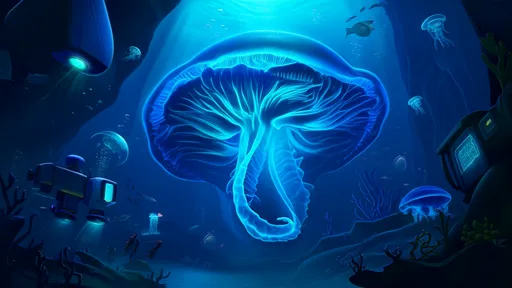
By /Jun 10, 2025
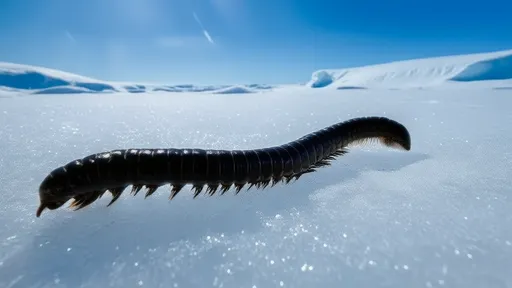
By /Jun 10, 2025
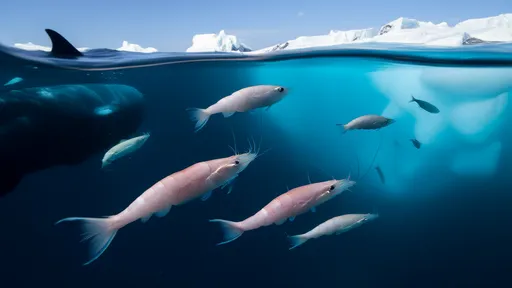
By /Jun 10, 2025
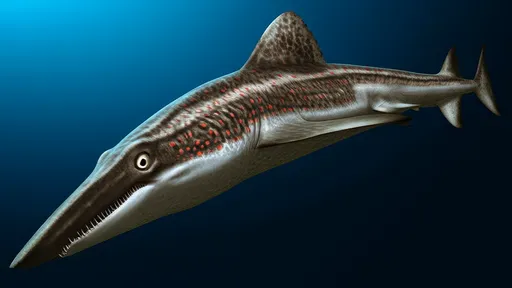
By /Jun 10, 2025
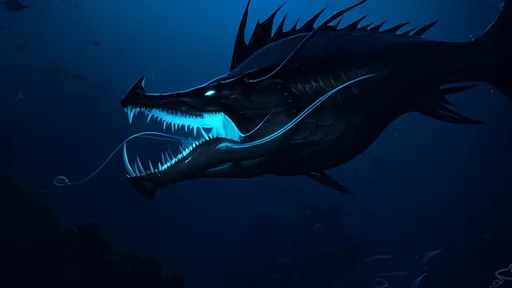
By /Jun 10, 2025
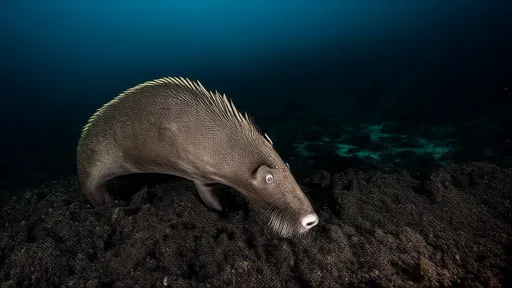
By /Jun 10, 2025
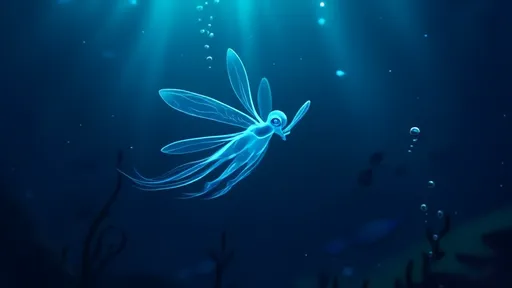
By /Jun 10, 2025
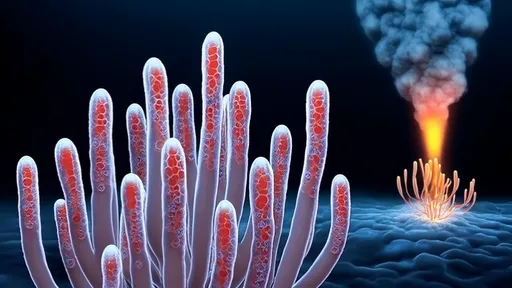
By /Jun 10, 2025
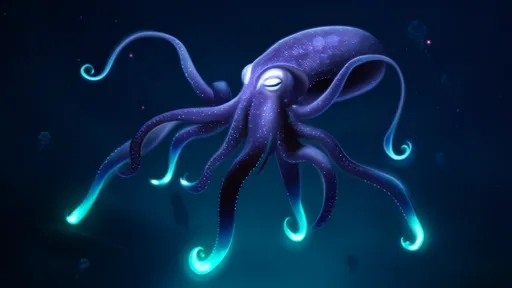
By /Jun 10, 2025
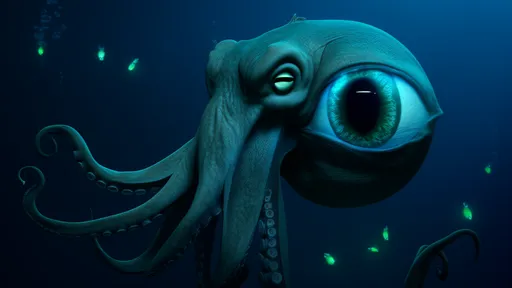
By /Jun 10, 2025
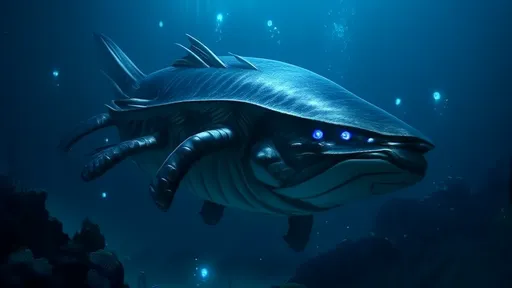
By /Jun 10, 2025
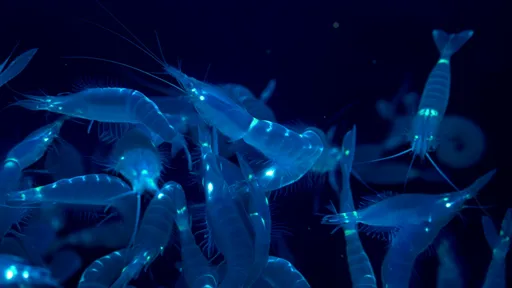
By /Jun 10, 2025
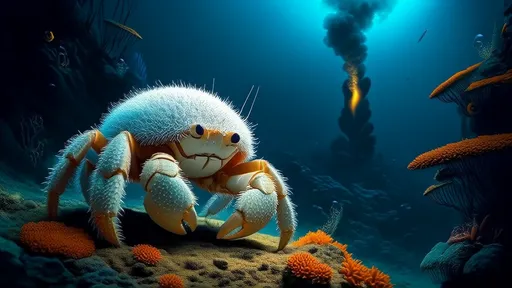
By /Jun 10, 2025
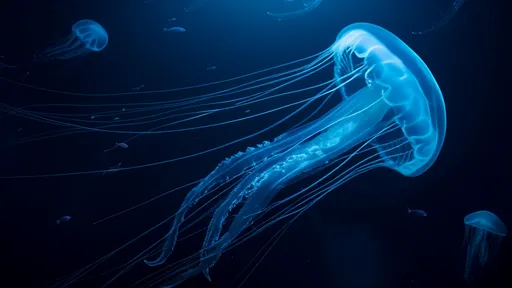
By /Jun 10, 2025
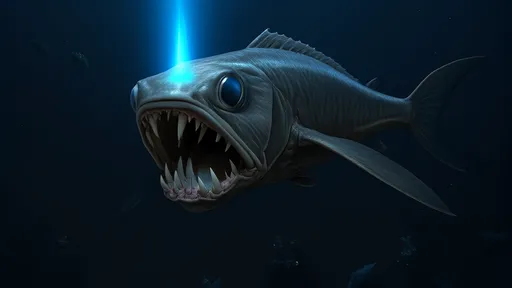
By /Jun 10, 2025